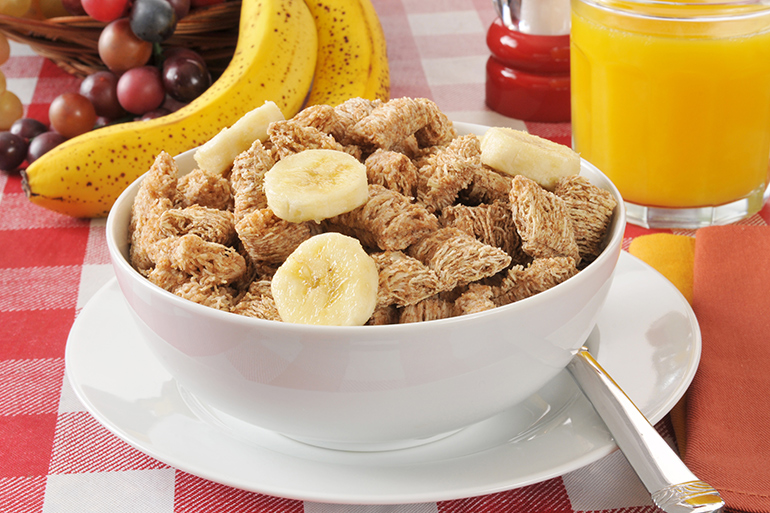Charting the Banana Gap: Price Disparity Is Growing in the Hamptons

Our usual breakfast includes a sliced banana on cold cereal. Because fresh bananas go bad after seven days, bananas are usually on a once-a-week shopping list. The cost of bananas is so low, going out of your way to find the cheapest ones is not a priority. And so, we just have it on the list and, wherever we go, if there’s a store that sells bananas, that’s where we get them.
This has led to what I call the Banana Gap. The Banana Gap is the difference between what is charged in one place compared to what is charged in another for one banana. Since all bananas start out on a tree in Central or South America and there is no elite banana that should of course cost more, the gap in price charged is a reliable indicator of the gap between the rich and the poor. Here in the Hamptons, the Banana Gap has grown dramatically over the years. I don’t intend to name particular stores, but here’s the essence of it in my hometown. And you know who you are.
Small local grocery store 25¢
Large supermarket 40¢
Small supermarket 50¢
Working class deli 75¢
Gas station convenience store $1.00
7-Eleven $1.25
Farmstand $1.50
Wealthy neighborhood deli $1.75
Specialty market $1.85
Gourmet market $2.00
Organic market $2.50
The Banana Gap, calculated as the multiple between 25¢ and $2.50, is now 10. The last time I did a study on the Banana Gap was in 2009, at which time the factor was six.
Thus the gap in America widens between rich and poor. All for the same banana.
And just think, if you got your bananas at the small grocery and gave up buying bananas at the all-organic market, you would save enough money to buy an oceanfront estate in the Hamptons in just 26 million years.



